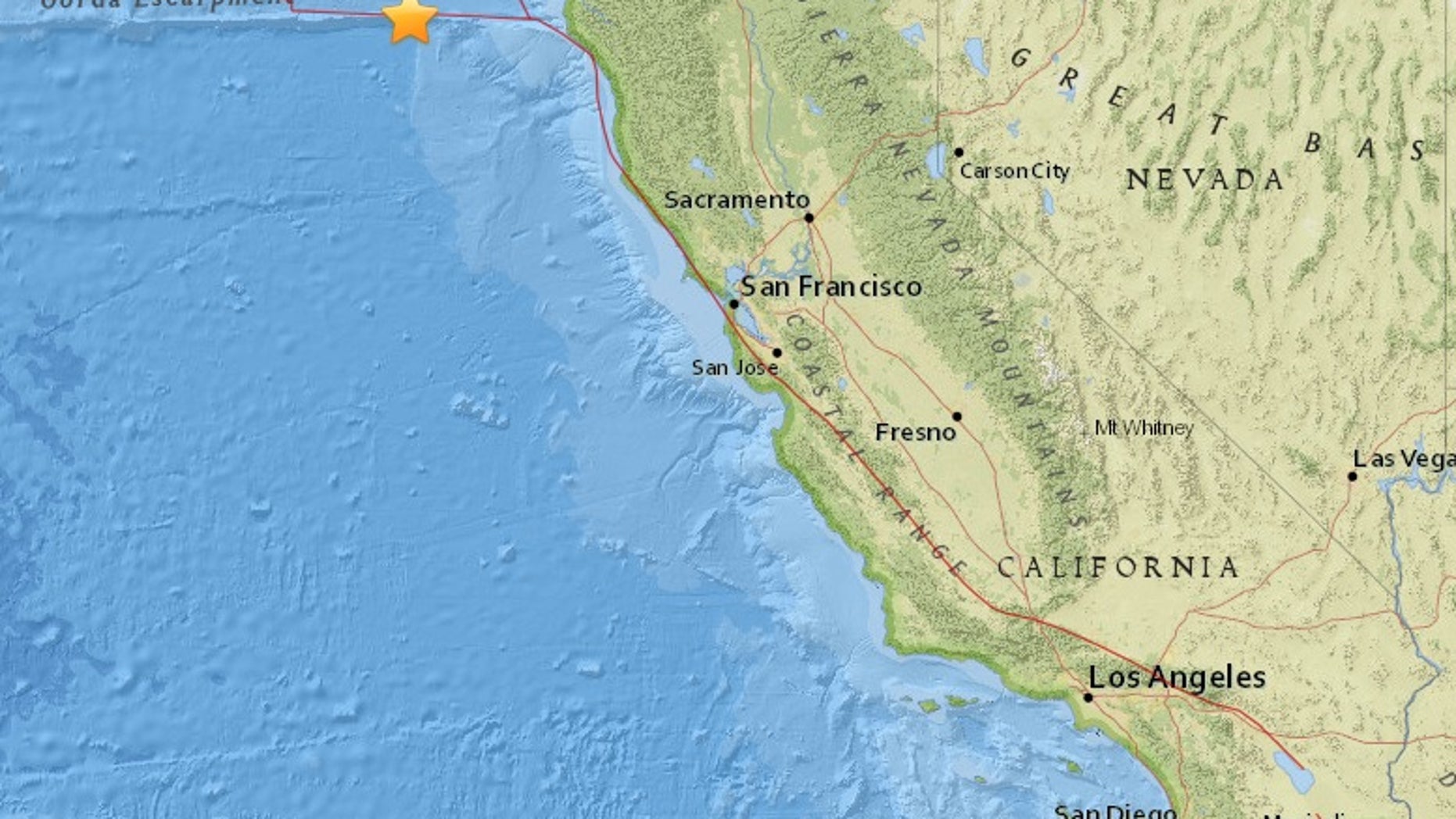

They have not, however, occurred frequently some have occurred 200 years apart, while others have occurred 800 years apart. 13 megathrust events, or one every 500 to 600 years on average, have been recorded in the Cascadia subduction zone over the past 6,000 years. The US Geological Survey predicted that the likelihood of aftershocks with a magnitude of 5 or higher within the first week after the first earthquake on December 19 was extremely low.Īccording to the Government of Canada, a megathrust earthquake's recurrence interval varies in every subduction zone.

Harold Tobin, a professor at the University of Washington and Paros Endowed Chair in Seismology and Geohazards, also said that since aftershocks follow nearly all earthquakes, this one is most likely one of them. Over time, their magnitude typically gets smaller. What Experts Sayīut according to experts, this most recent earthquake is not yet a precursor to something else.Īlex Simms, a professor at the University of California, Santa Barbara, told Newsweek that this is typical it is most likely an aftershock or perhaps another earthquake on a nearby fault, but he doesn't believe anything else is going on.Īftershocks from the earthquake that occurred on December 19 have been felt all over the region. The magnitude of this hypothetical occurrence would be comparable to the 9.1 earthquake and tsunami that struck Tōhoku, Japan, in 2011. A "Big One" is long overdue in the Cascadia region, where an earthquake and tsunami last occurred on January 26, 1700. This magnitude of earthquakes can also cause tsunamis. This fault has the potential to cause earthquakes with magnitudes of 8 or 9. When they do move, they have the potential to cause devastating earthquakes of enormous size. Since these plates are stationary, they can sustain sustained high pressures. The San Andreas Fault, which forms the boundary between two enormous tectonic plates beneath the surface of the Earth, has the fault located at its northernmost point. This is due to the fact that it is situated at the southern end of the Cascadia subduction zone, where the US is direct atop the ocean floor. The area is the most seismically active in the lower 48 states, but some people believe a devastating earthquake that could cause a tsunami has been overdue in the area. Speculations: Long Overdue Catastrophic Earthquakeĭue to the area's extreme tectonic activity, earthquakes are not uncommon in the area. Numerous power outages and at least two reported fatalities were the results. Only two weeks had passed since the area was shaken by an earthquake of magnitude 6.4 on December 19. A few people were left without water, and half of the locals lacked electricity.Īuthorities have reassured locals that there have been no reported injuries and that there are no foreseeable risks associated with the earthquake, such as a tsunami. The US Geological Survey reported that a 5.4 magnitude earthquake struck parts of Rio Dell (Humboldt County) at 10:30 AM on January 1, New Year's Day. Experts from different universities discuss this claim. Some claim that the recent earthquakes that shook Northern California are stark warnings of even stronger ones to come. Recent Cascadia Earthquakes felt in California have sparked discussions and speculation that they may be the precursor to the long-overdue catastrophic seismic activity known as "the Big One."


 0 kommentar(er)
0 kommentar(er)
